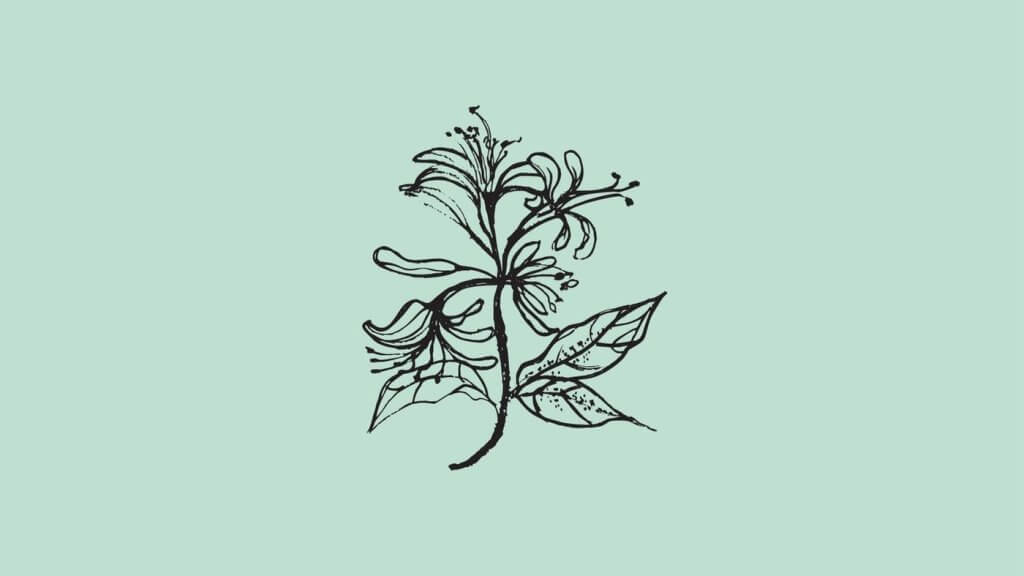The flowers of many honeysuckle species are edible and can have a sweet nectar that can be enjoyed in moderation. However, not all parts of the honeysuckle plant are safe to eat, and some species may have toxic components.
What type of honeysuckle is edible?
Several species of honeysuckle have edible flowers, but it’s important to note that not all species are safe to consume.
Among the edible honeysuckle species, the following are commonly recognized for their edible flowers:
- Japanese Honeysuckle (Lonicera japonica): This is one of the most well-known edible honeysuckle species. The flowers are often used to make teas, syrups, or infusions. They have a sweet nectar that can be enjoyed by gently pulling off the flower and tasting the nectar.
- Italian Woodbine (Lonicera caprifolium): Another species with edible flowers, Italian woodbine is also used in similar ways as Japanese honeysuckle. Its flowers are fragrant and sweet.
- European Honeysuckle (Lonicera periclymenum):This species is native to Europe and has fragrant flowers that are sometimes used in culinary applications.
- Sweetberry Honeysuckle (Lonicera caerulea): Also known as honeyberry or haskap, the berries of this honeysuckle species are edible and are often enjoyed for their unique flavor. Sweetberry honeysuckle is native to northern regions and is becoming increasingly popular for its tasty and nutritious fruit.
When consuming edible honeysuckle flowers, it’s important to remember the following:
What Are You Foraging For Right Now?
We're thrilled to hear your ideas. What would you like to submit today? Feel free to share your thoughts and experiences with us.
- Only consume the flowers and avoid other parts of the plant.
- Make sure you have correctly identified the species before consumption.
- Eat them in moderation, as consuming large quantities may not be advisable.
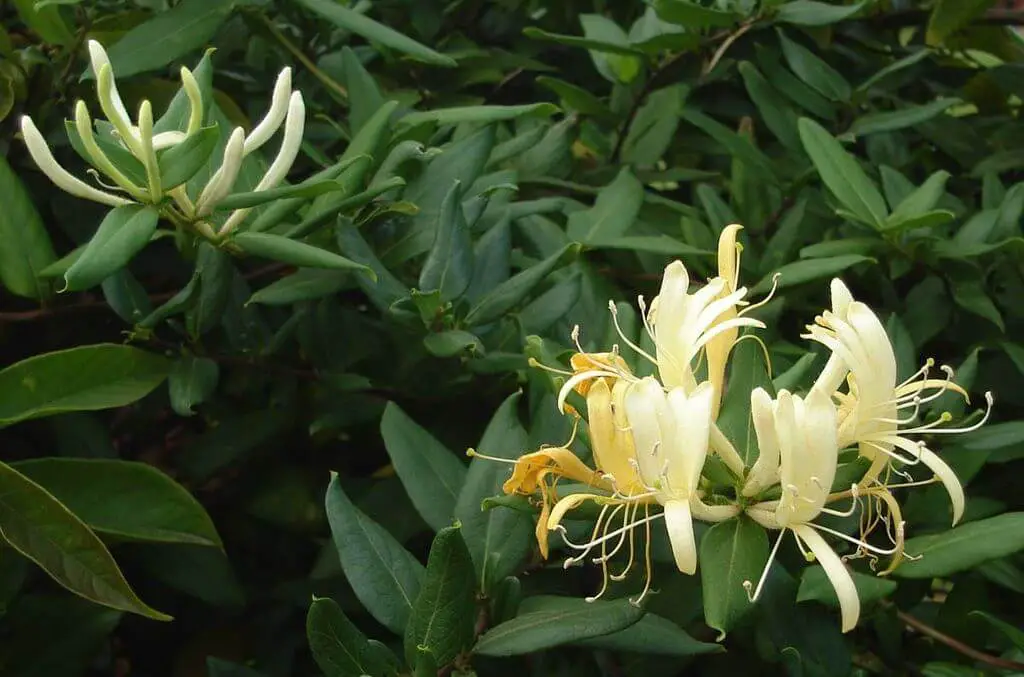

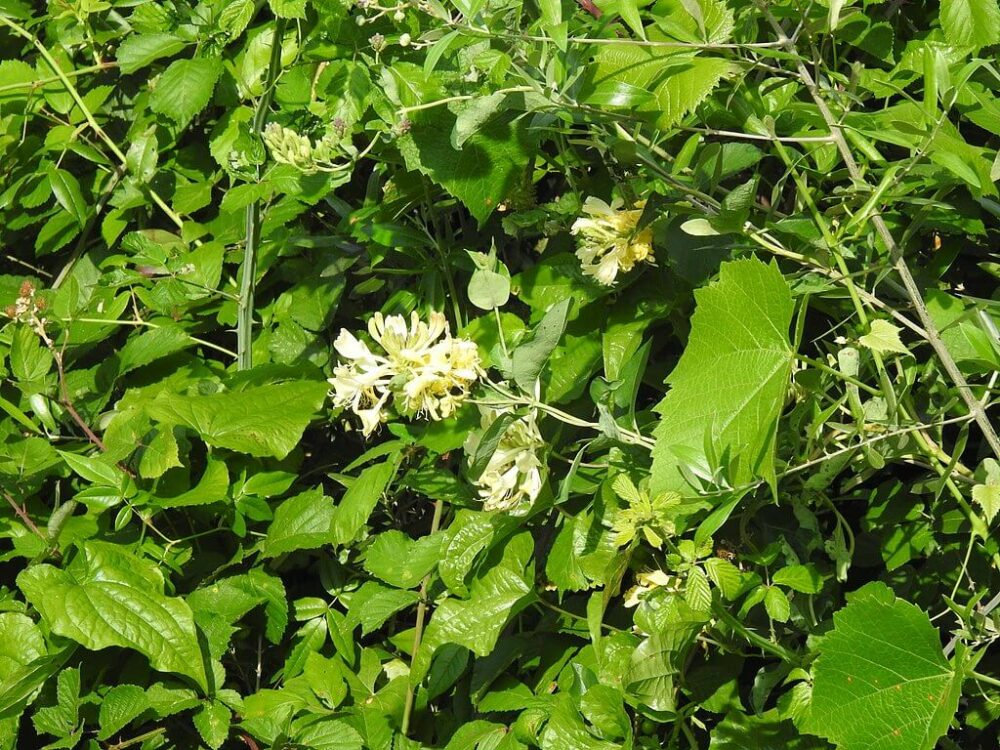
Can you eat the leaves and the berries of the edible honeysuckle?
The leaves of edible honeysuckle species are not typically consumed as food. In some cases, they might be used for herbal purposes, but they are not widely recognized as a culinary ingredient.
Edible species honeysuckle berries are generally not toxic, but they are not commonly eaten by humans. The primary reason is that they are relatively small and not very fleshy, making them less appealing compared to other edible berries.
However, sweetberry honeysuckle berries are edible and delicious.
Other plants with edible flowers you might be interested in include:
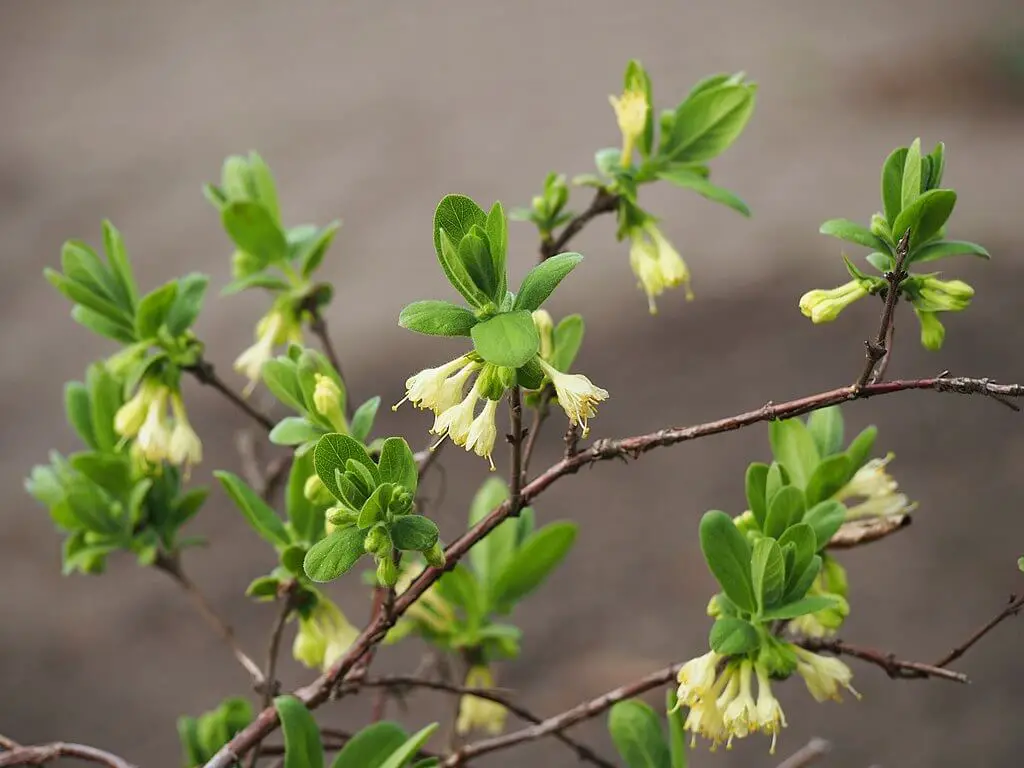
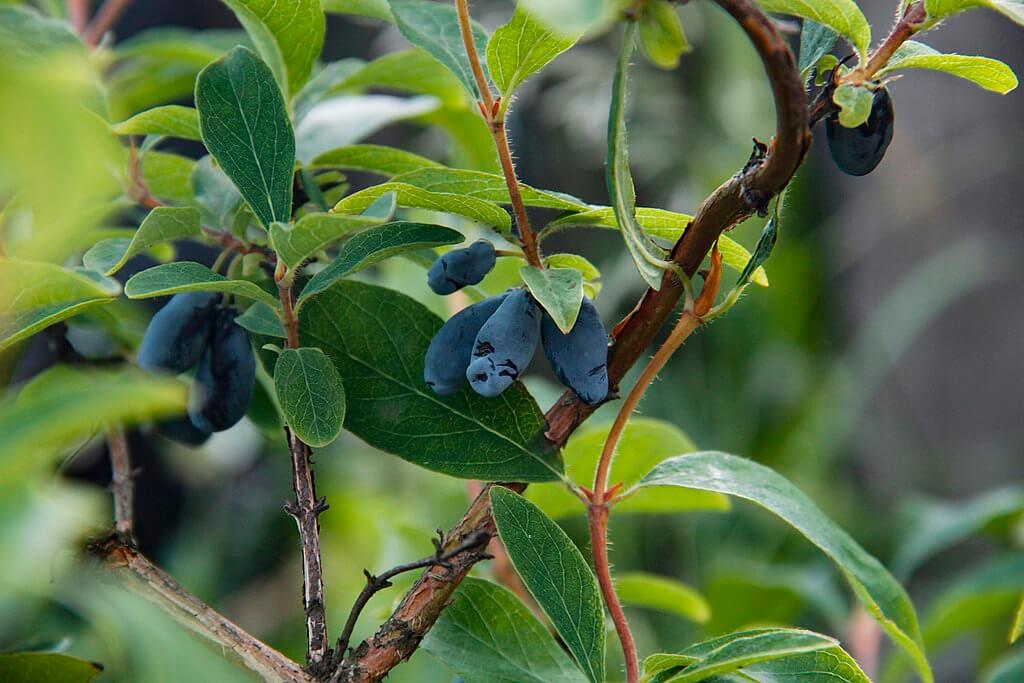
What about toxic honeysuckle species?
Several species of honeysuckle have inedible or potentially toxic parts, especially the berries and leaves. One of the most well-known inedible honeysuckle species is the Tartarian honeysuckle (Lonicera tatarica).
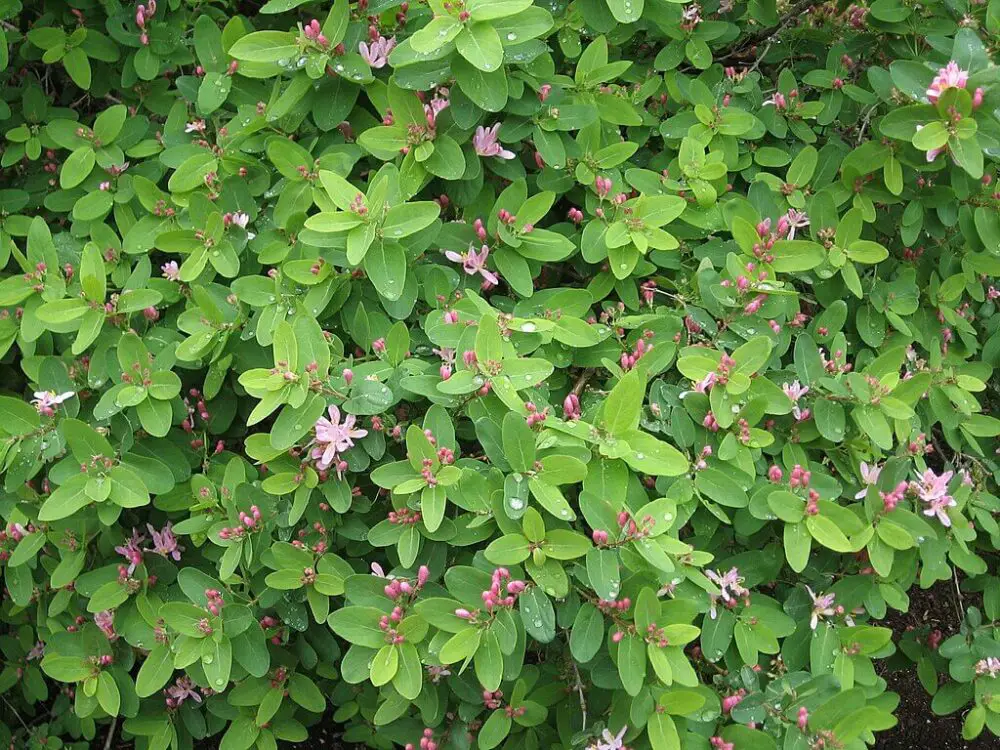
So, Is the honeysuckle in your backyard edible?
If you’re interested in determining whether the honeysuckle in your backyard is edible, it’s important to correctly identify the species. You can refer to reputable plant identification resources, consult experienced foragers, or seek advice from local botanists or gardening experts.
Once you have accurately identified the species, you can then research whether its flowers are safe and enjoyable to eat.
What is the taste of honeysuckle?
The taste of honeysuckle flowers can vary depending on the species and individual plant, but in general, they are known for their sweet and nectar-like flavor.
When you gently pull the flower from the stem and suck on the base of the flower, you can often extract a drop of sweet nectar.
How do you prepare honeysuckle for eating?
If you want to taste its nectar, hold the base of the flower, where you’ve pinched it off, to your mouth and gently pull the small green tip at the end of the flower. Suck on the base of the flower to extract the sweet nectar. This is the part of the flower that provides the distinctive honeysuckle flavor.
If you want to incorporate honeysuckle flavor into recipes, you can infuse the flowers into syrups, teas, or desserts. Some people use honeysuckle flowers to garnish salads or beverages.
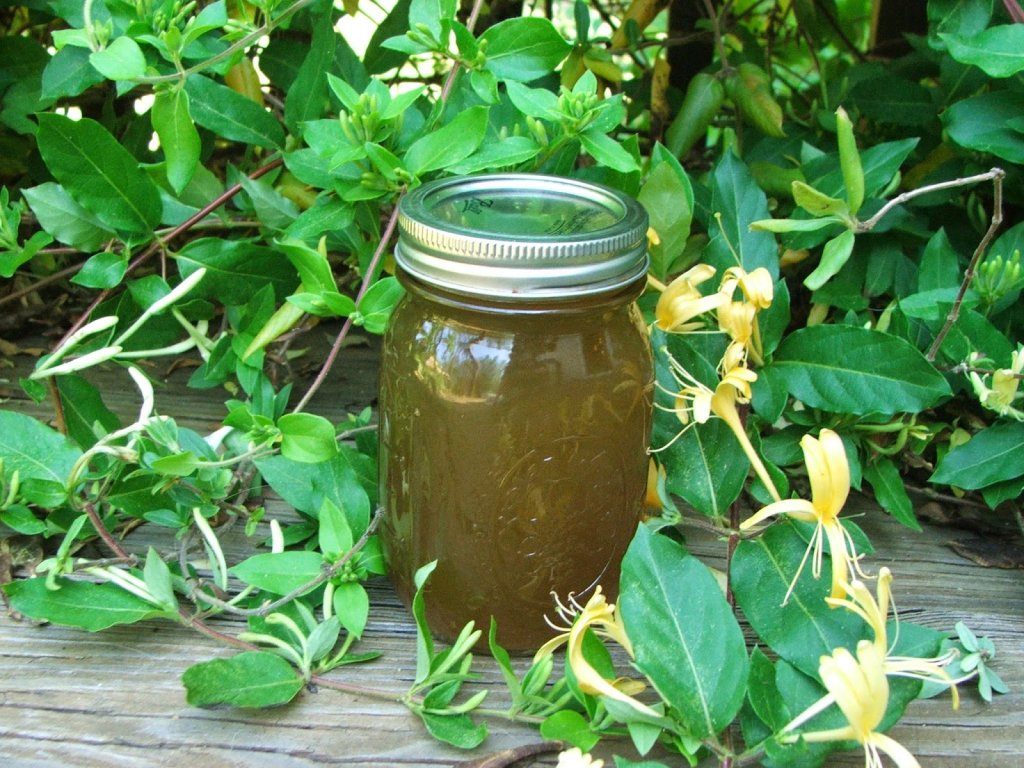
Do edible honeysuckle species grow in the wild?
Japanese honeysuckle is a well-known species that is found in the wild, particularly in the southeastern and eastern parts of the U.S.
Here are some common places where you might find Japanese honeysuckle:
- Woodlands: Japanese honeysuckle often grows along the edges of woodlands and forests, taking advantage of open spaces and disturbed areas.
- Fence Lines and Roadsides: It’s commonly found along fence lines, roadsides, and other areas with open vegetation.
- Urban and Suburban Areas: Japanese honeysuckle is known to establish itself in urban and suburban environments, including parks, gardens, and vacant lots.
- Disturbed Areas: It tends to thrive in disturbed areas such as construction sites, abandoned fields, and areas with disrupted vegetation.
- Climbing Structures: Japanese honeysuckle is a climbing vine that can be found growing on trees, shrubs, fences, and other structures.
Sweetberry honeysuckle, on the other hand, is not as widely cultivated or found in the wild in the United States. However, interest in growing this plant for its edible berries has been increasing, and you might be able to find it in certain regions, especially in northern states with cooler climates.
What are some other species and names for honeysuckle?
Honeysuckle (Lonicera spp.) is a diverse group of flowering plants with various species and cultivars, each with its own unique characteristics.
Depending on the region and the specific species, honeysuckle may be known by different names.
Here are some other common names for honeysuckle:
- Woodbine: This is a generic term often used to refer to various species of honeysuckle. “Italian Woodbine” and “European Woodbine” are examples of specific species with this common name.
- Trumpet Honeysuckle: Referring to species like Lonicera sempervirens, which have tubular, trumpet-shaped flowers.
- Coral Honeysuckle: Another name for Lonicera sempervirens, named for the vibrant coral-red flowers.
- Japanese Honeysuckle: Referring to Lonicera japonica, a species with fragrant white to yellow flowers.
- Twinberry: Used for species like Lonicera involucrata, which produce black or purple berries in pairs.
- Fly Honeysuckle: Commonly used for species within the genus Lonicera, like Lonicera canadensis and Lonicera villosa.
- Box Honeysuckle: Referring to species like Lonicera nitida, which have dense growth and are often used for hedges or borders.
- Halls Honeysuckle: A cultivar of Lonicera japonica, known for its fragrant white flowers.
- Winter Honeysuckle: Also known as Lonicera fragrantissima, this species blooms in late winter with small, fragrant white flowers.
- Dutch Honeysuckle: Sometimes used to refer to Lonicera periclymenum, a European species with fragrant flowers.
- Goldflame Honeysuckle: A cultivar of Lonicera x heckrottii, known for its orange to pink flowers.
What to read next: Common Blue Violet: A Wild Edible With Medicinal Uses
Getting into the great, wet outdoors in search of edible plants, herbs, fruits and fungi is one of Sarah’s favorite outdoor pursuits. She thinks there’s nothing better than combining her passion for hiking with the start of the foraging season. Sarah’s definitely not afraid of a little rain and dirt, it’s all part of the fun.

